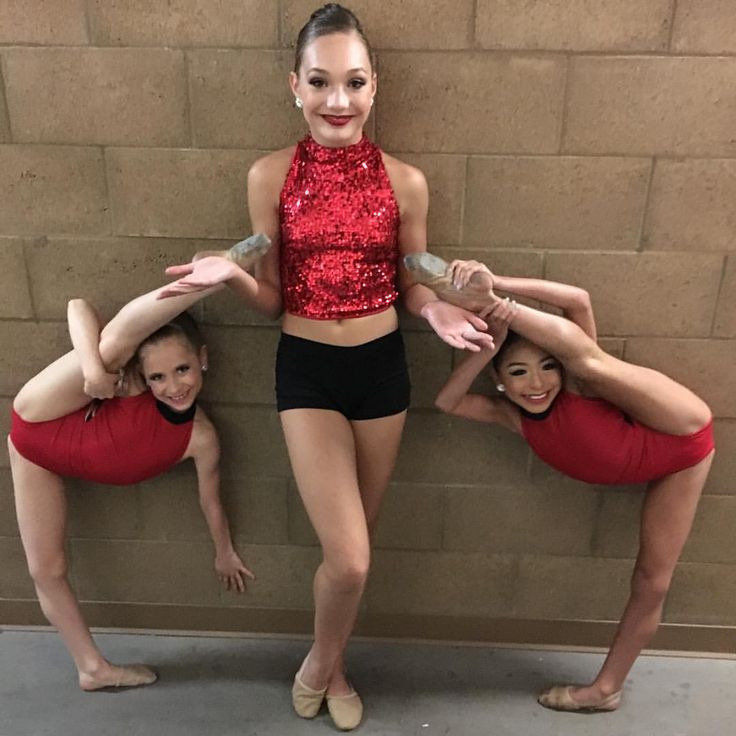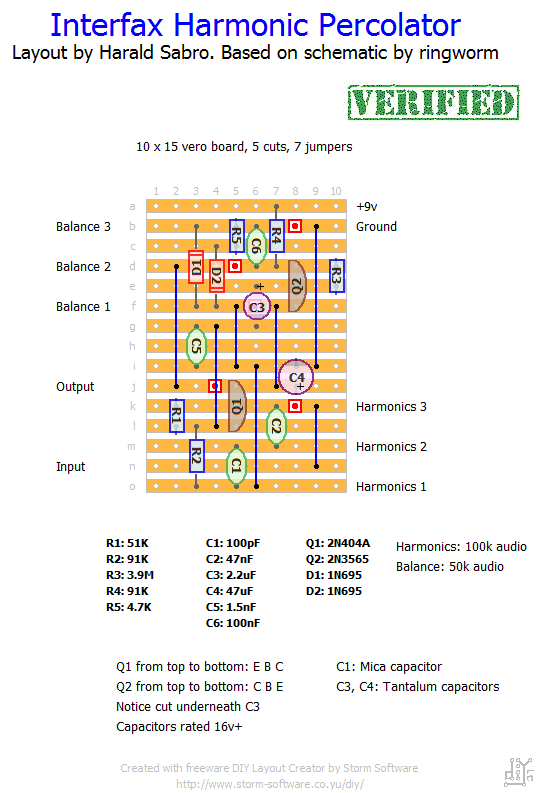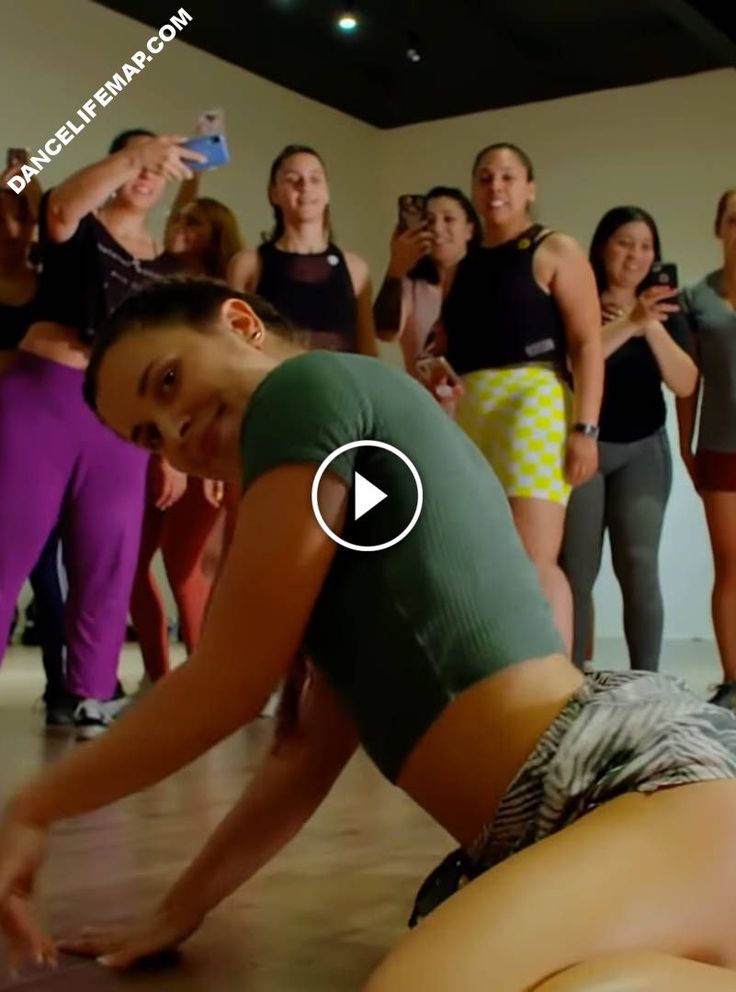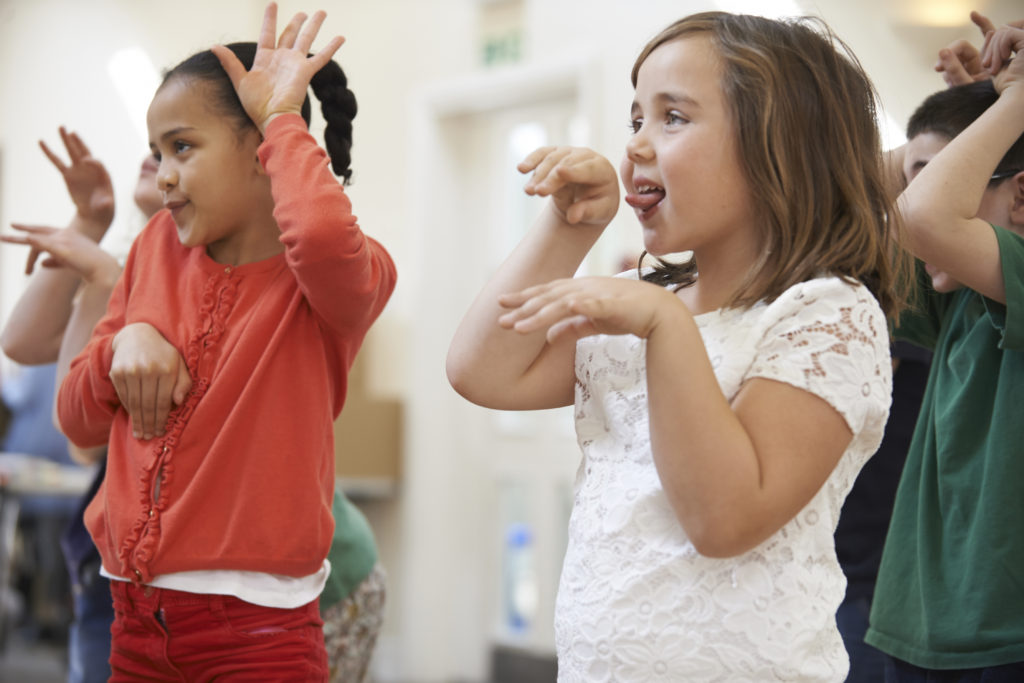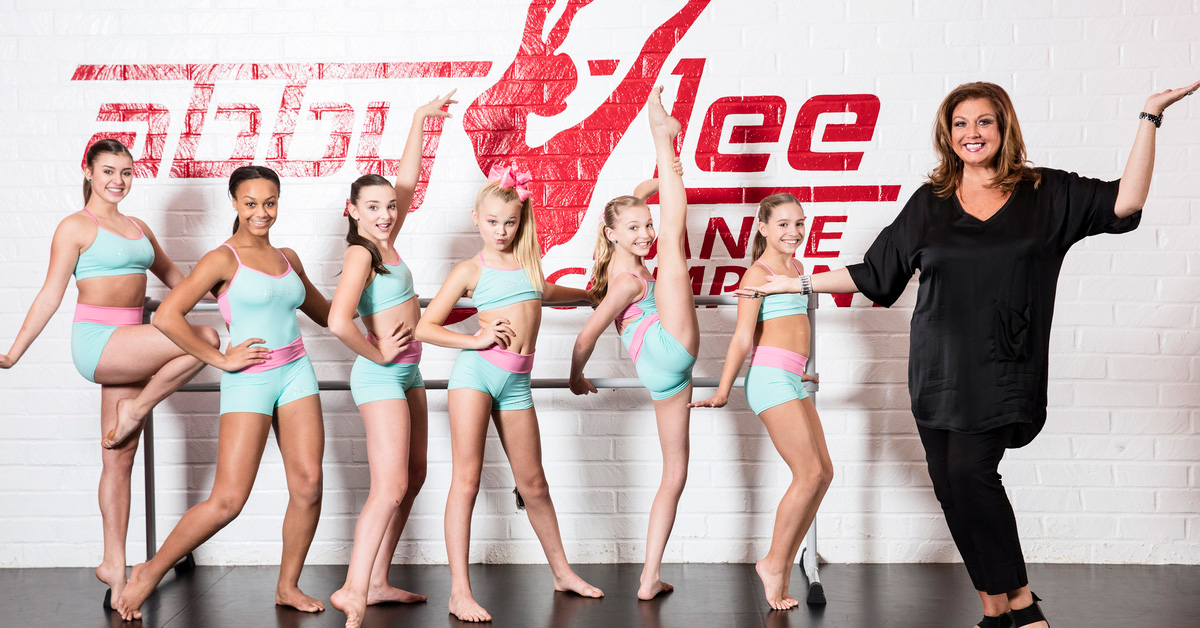How to dance cape verdean pasada
Kizomba Dancing & History - Zouk, Kompa, Passada
Updated 11-7-22 (From Interviews & various sources)
Kizomba is Afro Caribbean Zouk
Kizomba is a close and sensual partner dance style which is growing massively through the world and its extremely popular in Europe which is driving this style everywhere. It's mainly considered to have come from Portugal because this was the place that fused all the different cultural styles, it was the melting pot and the place in Europe it all came together. The base of Kizomba music is actually "Afro Caribbean Zouk' Many West African Countries have their own version of Zouk. Kizomba is an encompassing name for many styles which was orginally called 'Passada', its actually Afro - Caribbean Zouk, a fusion between Caribbean Zouk, Caribbean Kompa and Angolan traditional music, the same thing happens with the dance styles see '4 Pillars of Kizomba'. Caboverdians define their afro-zouk as cola-zouk, cabo-zouk or cabo-love. Afro-zouk from Guinea-Bissau is called meia-batida. In fact, afro-zouk exists in countries like the Congo, Mali, Ivory Coast, Gabon, São Tomé and Prince, Mozambique, Nigeria, Cameroon, Madagascar etc. Zouk started in the French Caribbean which also has Afro influences. The dance styles also follow the music. For Example Zouk music from the Caribbean also has Zouk Dancing style very much the same as Kizomba, it's from the Caribbean which also influences Kizomba the dance & vice versa. The history of Kizomba is difficult but necessary, it's relatively hard to find through the conflicting information and disinformation because many try to claim it. It's good to focus on the music origins, since it is the base of every dance. It’s interesting to note that the associated dances experienced similar if not the same paths as the music because they usually go together.
In a Nutshell
Dancers from various Islands & countries came to dance passada socially in Portugal, it was this, that kick started a mixing pot of moves, style & basics to create what we know as Kizomba Today. As an example; some dancers previous only used either a base of 3 or a base of 4 (i.e. Basic 2 or Basic 3) . Each had their own unique steps & styles depending on their background but once they started learning from each other new possibilities gave birth to more kinds of basics and moves. This is how dance styles evolve.
As an example; some dancers previous only used either a base of 3 or a base of 4 (i.e. Basic 2 or Basic 3) . Each had their own unique steps & styles depending on their background but once they started learning from each other new possibilities gave birth to more kinds of basics and moves. This is how dance styles evolve.
Kizomba Music genre
Kizomba is characterised by a slower, romantic, more sensuous rhythm than Semba. Kizomba music emerged as a more modern music genre with a sensual touch mixed with African rhythm and Kompa & Zouk from the Caribbean.
Original influential music styles from Cape Verde are funaná, morna, coladeira and batuque. Thanks to the French Antilles Zouk aka Caribbean Zouk music and the strong influence of Semba, Cape Verdean singers have developed significantly Kizomba and Zouk (mixing it with Coladeira) known as cabo love or cola-dance. Moreover, every lusophone country has developed its own Kizomba music flavour which is a type of Afro-Zouk It is impossible to speak about Kizomba and not speak about Caboverdians and how much they influenced many countries afro-zouk/cola-zouk/meia-batida/kizomba. Especially because in the beginning of the 90s Angola was still going through a civil war that started in 1975 (right after their independence from Portugal) and only finished in 2002.
Especially because in the beginning of the 90s Angola was still going through a civil war that started in 1975 (right after their independence from Portugal) and only finished in 2002.
All these Caboverdian singers and their music were having a big impact on the PALOP* community at large. In Portugal was truly were people kept Kizomba alive, Angola was at war and the rest of the PALOP countries were also struggling in their new independence. The love for kompa, zouk and afrozouk inadvertently had a uniting effect at PALOP night clubs frequented by emigrants arriving in Portugal.
Popular singers from Angola who resided in Portugal during the 90s were mainly Bonga, Eduardo Paim and Paulo Flores with Irmãos Verdades (having their debut in the late 90s). And we saw the appearance of artists like Fernando Santos, Carlos Burity (Semba), Rey Weba, Maya Cool, Tabanka Djaz and Justino Delgado from Guine Bissau, or Juka from Mozambique or Camilo Domingos from São Tomé and Prince.Caboverdian singers and producers had influence in Congo (Lutchiana), Ivory Coast (Monique Seka), Gabon (Oliver N’Goma), Angola, Guine-Bissau and São Tomé and Prince. .... Remember the dance styles follow the music!
.... Remember the dance styles follow the music!
Kizomba Dance genre
The Kizomba dance is a couple dance from which many styles such as, Tarraxinha and Urban Kiz derived from. Before the word Kizomba was adopted by Angolans in the 80s most PALOPS used to refer to it as “Passada” (including many Angolans). Passada uses the universal basics of partner dances. Side to side, Travelling & 360 degree rotation. These are basics that came from the European dance called the Waltz which is dating back to the 16th century, its the original partner dance style of them all. Almost all partner dances have universal basics; from Bolero, to Son, to Bachata, Kompa to Semba, to Forro, to Tango etc… Each of these dances are how each culture perceived and mutated those basics into something that reflects their identity through music & dance.
Passada to Kizomba
Orginally Kizomba was infact known as Passada. The name change from Passada to Kizomba happened in Portugal where this dance style was popularised. There were many Angolans in the Passada dance community too which sparked the change, it was also fuelled by a number of original Kizomba teachers as below. (kizomba/quizomba/izomba), translated from kimbundo it means “party”, describing both the event and the place where people would gather to dance and celebrate. So the name Kizomba was much more fitting & catchier, soon everyone was calling it Kizomba - which in turn also helped its popularity.
There were many Angolans in the Passada dance community too which sparked the change, it was also fuelled by a number of original Kizomba teachers as below. (kizomba/quizomba/izomba), translated from kimbundo it means “party”, describing both the event and the place where people would gather to dance and celebrate. So the name Kizomba was much more fitting & catchier, soon everyone was calling it Kizomba - which in turn also helped its popularity.
The 7 Original Kizomba Teachers
These teachers are the main dancers that popularised Kizomba in Portugal. They are teachers of teachers and pushed this style through to the world. They are considered very important in the development from Passada to Kizomba and influenced the dance style as we know today.
Names Include;
- Kwenda Lima
- Helio Santos
- Ze Barbosa
- Tomas Keita
- Petchu
- Anthonio Bandeira
- Avelino chantre
Look them up on youtube and you will see they all dance very differently, different styles & different flavours from various cultures. It's amazing to see the rich diversity and yes - they are 'all' valid and Original Authentic Kizomba dancers.
It's amazing to see the rich diversity and yes - they are 'all' valid and Original Authentic Kizomba dancers.
Kizomba Claims
Unfortunately there are many promoters, teachers, deejays & dancers who claim they are the ones dancing the 'original or traditional Kizomba', and other peopler are not, or some would just say "Kizomba comes from Angola". Often this is repackaged Semba danced to Kizomba. However the truth is Kizomba is Passada and it's actually a mix of many dance styles and is much much more diverse that one style - (see 4 pillars of Kizomba). Kizomba is described as "Afro-Caribbean-Zouk" as outlined in detail on this page, its not just "Afro"! The big problem is the same disinformation is passed on from one teacher to the next - often due to subjective underlying control, personal taste, marketing reasons or money & fame. Those very ideas or ideals often claiming to preserve these dances by trying to take ownership, is infact limiting it's true potential. You can also see parallels with other dance styles where similar claims have been done in the past.
You can also see parallels with other dance styles where similar claims have been done in the past.
This information is not designed to disrespect any one person or culture, however to respect 'all' the cultures which influenced Kizomba. It's always better to open up to growth not restrict it, because if its not growing its dying. Yes we also need to value the History and 'all' the original styles need to be taught, respected and passed on, because they give the true essence of the dance.
The 2nd video below does a great job of explaining these concepts. Infact we highly recommend watching all the videos below to get more understanding of Kizomba roots, especially Helio Santos, one of the 7 original teachers/dancers of Kizomba in Portugal who talks about the misinformation. This main group of dancers that influenced & developed the dance style and its popularity in Portugal.
Is Kizomba a Latin Dance?
Most people say it isn't because they don't understand the full history. Because of the connection to Caribbean and they are romance languages i.e. Latin. Then you could argue yes it is a Latin Dance. Infact all Latin dances also have Afro hertitage so all Latin dances are Afro Latin Dances. Now you might also say all Afro Latin Dances are also Euro Afro Latin Dances because without the Waltz we wouldn't have partner dancing. But as for a 'Latin dance night' which could include; Salsa, Merengue, Bachata & Kizomba we think this is appropriate because its inclusive.
Because of the connection to Caribbean and they are romance languages i.e. Latin. Then you could argue yes it is a Latin Dance. Infact all Latin dances also have Afro hertitage so all Latin dances are Afro Latin Dances. Now you might also say all Afro Latin Dances are also Euro Afro Latin Dances because without the Waltz we wouldn't have partner dancing. But as for a 'Latin dance night' which could include; Salsa, Merengue, Bachata & Kizomba we think this is appropriate because its inclusive.
The 4 pillars of of Traditional Kizomba are the Music and dance styles that influenced what is known as Kizomba Today, which include; Kompa, Zouk, Semba & Coladiera. Kizomba embodies all these traditional & sub styles of music and dance. You can dance the style you like or a mix
of them to any of these types of music, this is the true freedom Kizomba because its many styles.
#1 Kompa, Compa (konpa)
The genre was popularized following the 1955 creation of the band Conjunto International by Nemours Jean-Batiste. It is the main music of many countries such as Dominica and the French Antilles, etc. Whether it is called zouk where French Antilles artists of Martinique and Guadalupe have taken it or compas in places where Haitian artists have toured, this méringue style is very influential in the Caribbean, Cabo Verde, Guinea Bissau, Angola and many others West African countries, France, part of Canada, South and North America.
It is the main music of many countries such as Dominica and the French Antilles, etc. Whether it is called zouk where French Antilles artists of Martinique and Guadalupe have taken it or compas in places where Haitian artists have toured, this méringue style is very influential in the Caribbean, Cabo Verde, Guinea Bissau, Angola and many others West African countries, France, part of Canada, South and North America.
By the 1960s, Kompa Direk became the most popular form of Haitian music, with numerous bands arriving on the scene: Tabou Combo, Bosa Combo, Shlue-Shlue, and Les Fantaisistes. This was during the latter part of the 60's, post 1967. The latter bands were referred to as "Mini Djaz." A more guitar emphasis was placed in the music, as in Rock & Roll. The bands were smaller versions of Nemours's orchestra. The 1960s also brought about the exposure of Kompa to a wider audience and solidifying its status as one of the popular French Caribbean music style straight into the 70's.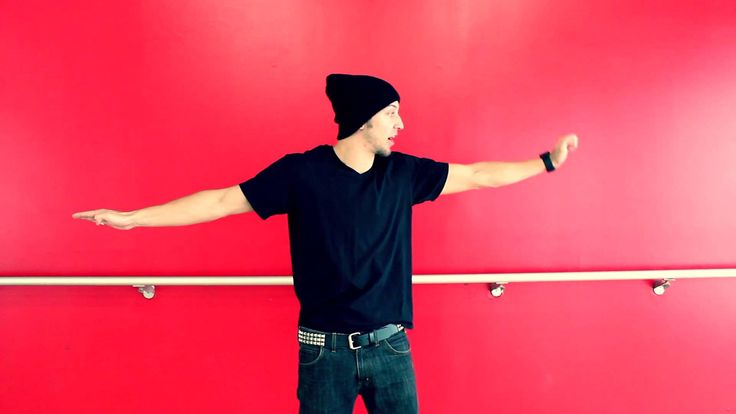
By the 80's, we see the rise of antillean Zouk and Kassav. By mid 80s, Zouk was the most listened to music in Haiti. This spurred a new style of Kompa, called nouvel jenerasyon. Nouvel jenerasyon incorporated technology in Kompa, synthesizers, drum machines, computer software. It streamlined the Kompa band. Synthesizers replaced horns. Drum machines used in placed of conga, tom toms, and even the drummer. Some musician went further and got rid of all natural instruments, totally synthesized, called digital bands. Less musicians were needed to produce and perform Kompa. The Kompa band was geared to more concert venues as opposed to being a dance hall party band.
Literally meaning “beat” or “rythym” in Spanish, kompa is a Haitian music genre with the stylings of Cuban contradanza, Son Cubano, jazz elements, African rhythms, and Dominican merengue. Unlike zouk, it is sung in mostly Haitian Creole.
#2 Zouk
Zouk is a style of music and dance derived from Afro-Caribbean French creole culture of the lesser Antilles, Martinique, Guadeloupe, Dominica, and St.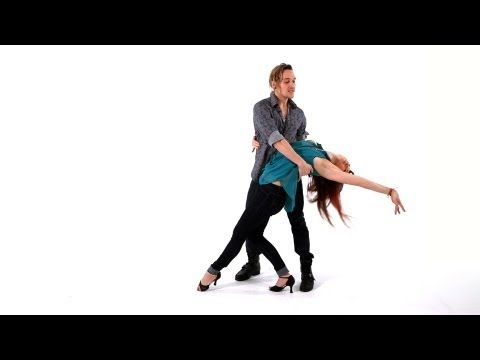 Lucia. Zouk had its initial beginnings in the French department of Guadeloupe and Martinique. Initially, the French departments listened to Jazz and Latin music(Brazil, Argentina, Cuba). Numerous bands sprang up playing these forms.
Lucia. Zouk had its initial beginnings in the French department of Guadeloupe and Martinique. Initially, the French departments listened to Jazz and Latin music(Brazil, Argentina, Cuba). Numerous bands sprang up playing these forms.
Zouk is dance music. Zouk dance style is similar to Kompa and often known now as Zouk Love or French Zouk. Zouk also influenced Kizomba and developed its own dancing style as we know.
Zouk has a fast rhythm, followed by a strong beat, and instrumentally is created by traditional instruments in live orchestra. It is sung mainly in French creole. Zouk, today often described as “retro-zouk,” had its beginning in 1979. History tells us that in 1979 in Paris Jacob F. Desvarieux, Pierre-Edouard Décimus and his brother Georges Décimus met together and decided to make a new album. All three of them came from Guadeloupe, so they gathered musicians from the French Antilles* and formed a band known as Kassav. The first lineup of Kassav was all from Guadeloupe, but soon after it gained members from Martinique as well.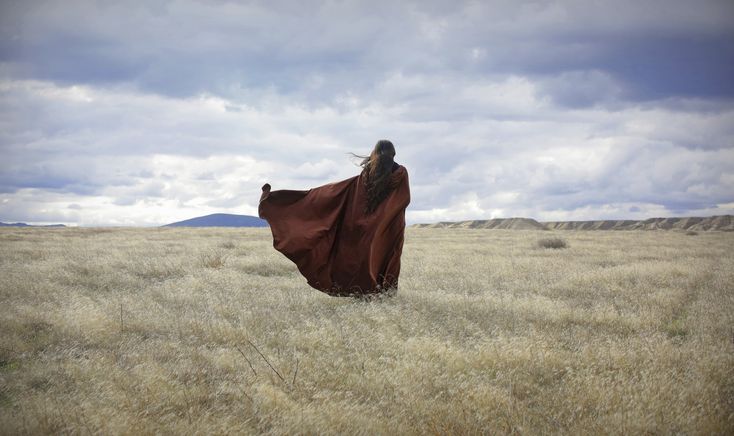 These musicians were from the French Antilles and had well known careers all through the Caribbean. Their albums Love and Ka Dance were created in 1980 with influences of different styles of music from throughout the Caribbean; kompa (Haiti), cadence and merengue (Dominican Republic), calipso (Trinidad & Tobago) and others all combined with strong carnival sounds. This is how zouk was made. The name Zouk comes from Creole in Martinique and the meaning of “zouk” is translated as “festival,” which indeed describes the music itself very well.
These musicians were from the French Antilles and had well known careers all through the Caribbean. Their albums Love and Ka Dance were created in 1980 with influences of different styles of music from throughout the Caribbean; kompa (Haiti), cadence and merengue (Dominican Republic), calipso (Trinidad & Tobago) and others all combined with strong carnival sounds. This is how zouk was made. The name Zouk comes from Creole in Martinique and the meaning of “zouk” is translated as “festival,” which indeed describes the music itself very well.
Encouraged by their big success, Kassav did not confine their touring to just the Caribbean and France, but continued to spread their music to Europe and Africa as well; and as history knows, to the whole world. Zouk became the base of new types of music, not only kizomba, but also cola-zouk (Cape Verde).
Is Zouk Caribbean or Brazilian?
Zouk the dance, music & the name comes from the Caribbean. The confusion happens because, Brazilians Lambada dancers who got hold of French Zouk music from Rum traders from the Caribbean, created their own dance style from this music, known today as Brazilian Zouk or Lambazouk.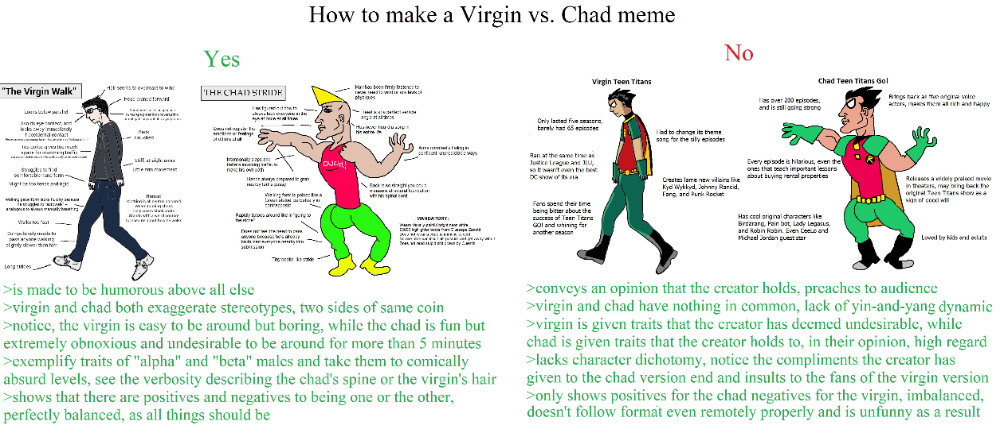 Lambada Music & the dance also had influence from the Caribbean.
Lambada Music & the dance also had influence from the Caribbean.
#3 Semba
A traditional music & dance style from Angola, it’s the singular form of Masemba. Semba means “a touch of bellies” in the Quimbundo language of the Bantus of Angola, a move that characterizes the dance.
Semba is very much alive and popular in Angola today as it was long before its independence from the Portuguese Colonial System on November 11, 1975. Various new semba artists emerge each year in Angola, as they render homage to veteran semba masters, many of whom are still performing. Other styles influenced by semba in Angola are rebita, as well as kazukuta and kabetula which are primarily carnival music. Semba is the predecessor to a variety of music styles originating from Angola like kuduro, or kuduru, which could be considered the Angolan version of techno/house.
#4 Coladeira
Is a music genre from Cabo Verde. The word koladera initially referred to the act of going out and singing the colá. According to the oral tradition, a new musical genre appeared in the 1930s.
According to the oral tradition, a new musical genre appeared in the 1930s.
Coladeira continued to integrate influences from abroad, from Brazilian music and also from Anglo-Saxon music. In the 1970s, with the appearance of movements against colonialism and relations with socialist countries, other influences came along, including Latin-American music (Bolero, Son Cubano, Salsa, Cumbia) and African music (especially from Angola and Guine-Bissau).
In terms of musical structure, coladeira began to slowly lose the traits that used to identify it with morna. It was in this period that the dichotomy morna \ coladeira was established.
There is a strong kompa influence in Cape Verdean music. During the 1960s-1980s, Haitian artists and bands such as Claudette & Ti Pierre, Tabou Combo, and especially Gesner Henry alias Coupe Cloue, and the Dominican group Exile One, were very popular in Africa. Exile One was the first to export cadence or compas music to the Cape Verde islands.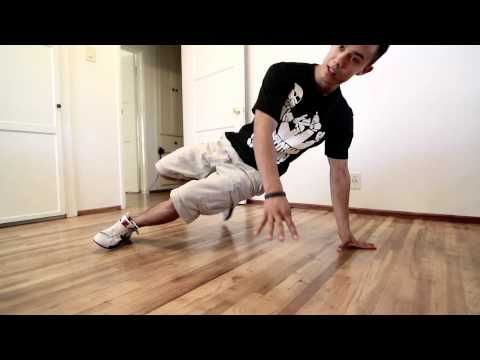 Cape Verdeans artists have been exposed to compas and zouk in the USA and France. In addition, the French Antilles band Kassav and other French Antillean musicians, whose main music was Zouk toured the islands on various occasions.
Cape Verdeans artists have been exposed to compas and zouk in the USA and France. In addition, the French Antilles band Kassav and other French Antillean musicians, whose main music was Zouk toured the islands on various occasions.
Waltz the Predecessor to all
The Predecessor to all partner dances including KIzomba is the Waltz the original style is generally termed the Viennese Waltz. It's the oldest of all the modern partner dance styles in the closed hold, which came from Vienna, Austria. The Viennese Waltz originates from the Volta in the 1500's which came from France. The Volta was also the only court dance of the period performed by a couple in a closed embrace. It ushered in a whole new way of looking at dance... read the full article here >
Is Kizomba like Tango?
When introducing a new dance form, it can be helpful to compare it to something to give people a frame of reference. The is often used in advertising because people have no idea what this dance is like. People often say, “Kizomba is like African Tango. You can see from the information on this page that all partner dance styles hold universal basics. Plus there is so much in common in History of Tango & Kizomba which goes even further back.
People often say, “Kizomba is like African Tango. You can see from the information on this page that all partner dance styles hold universal basics. Plus there is so much in common in History of Tango & Kizomba which goes even further back.
Beyond that, a newer generation of dancers, primarily based in Paris but with students all over the world, have taken inspiration from modern Tango to add new vocabulary to their Kizomba. It is possible to see a whole range of steps that are very similar to those in Argentine Tango. Furthermore, many of these dancers have altered their technique to better suit this vocabulary, often dancing with a straighter spine or even sliding through their steps which you will often see in Kizomba Fusion.
Is Kizomba sexy?
Maybe you walked into the Kizomba room at a large dance festival, it was really dark, and you saw people making out on the dance floor. Maybe you’ve been on YouTube and seen people what looks like grinding against each other.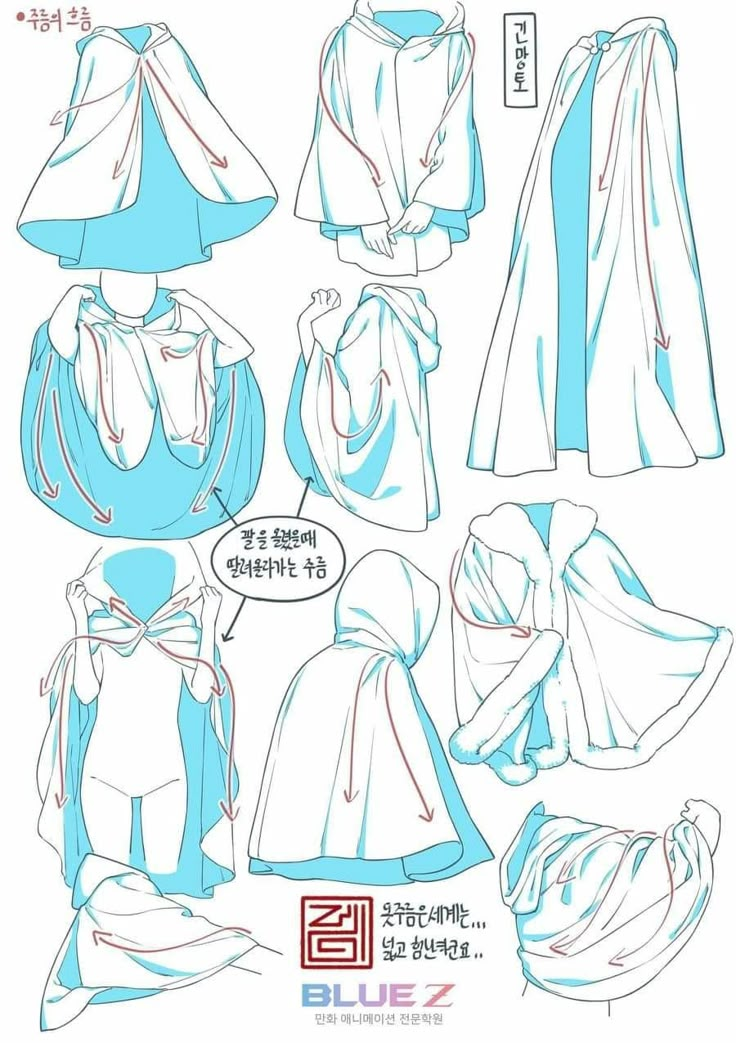 Kizomba can be sexy, however, that is not inherent to the dance, orginally it like other similar dance styles such as Semba, Kompa, Zouk Love , Meregnue or Bolero. These are fun non-sexulised traditional 'family dances', you dance with your uncle, mother, gransparents, children and friends etc. On this side of the world, it's closer than we are used to, which can give it a bad name. Lets aim to educate ourselves so we don't give this a bad name and come to realise this isn't a Sexualised dance but a Sensualised one that you can dance with anyone and all ages.
Kizomba can be sexy, however, that is not inherent to the dance, orginally it like other similar dance styles such as Semba, Kompa, Zouk Love , Meregnue or Bolero. These are fun non-sexulised traditional 'family dances', you dance with your uncle, mother, gransparents, children and friends etc. On this side of the world, it's closer than we are used to, which can give it a bad name. Lets aim to educate ourselves so we don't give this a bad name and come to realise this isn't a Sexualised dance but a Sensualised one that you can dance with anyone and all ages.
Kizomba is Easy?
Well, in the sense that you can learn three or four steps and be set for a whole night of dancing, yes. With the right teacher, in an hour or two you can get enough understanding of movement and basic steps to dance through an entire social with a touch of musicality. Kizomba is totally accessible for beginners – so if you haven’t tried it yet, get started!
The problem is when people dismiss Kizomba as easily mastered. Many people take a month’s worth of classes and then figure themselves for advanced dancers – after all, once you know the Saidas and a couple tricks or dips, you’re set, right?
Many people take a month’s worth of classes and then figure themselves for advanced dancers – after all, once you know the Saidas and a couple tricks or dips, you’re set, right?
These people are missing out on the best part of Kizomba: how you move while staying so closely connected to your partner. Or maybe they get stuck memorizing combinations, instead of learning to use their vocabulary to put together their own poetic movement. Kizomba has so much subtlety and so many intricate possibilities.
Ground your movement and find the right alignment with your partner, and then you begin to feel their every tiny isolation. Figure out pivot technique and every move you know can suddenly be opened to variations in position. Work on slow-motion, stop motion, and syncopation, and again the standards become almost unrecognisably new and your feet can dance out the exact rhythms of a particular instrument. Dissociate your upper and lower body, your feet from your partners’, their hips from yours – this list could go on and on and on
As with any dance, the more you learn, the better you are able to appreciate the subtle differences that indicate mastery.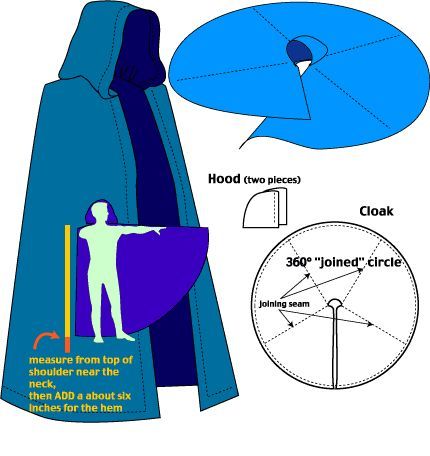 In Kizomba, each technique mastered is like an additional colour palette for you to paint with, another supply kit for you to build from, another door to a realm of expressing the music with our bodies.
In Kizomba, each technique mastered is like an additional colour palette for you to paint with, another supply kit for you to build from, another door to a realm of expressing the music with our bodies.
Kizomba Music
Kizomba is an umbrella term used to describe Afro-Zouk Music. All the genres listed here had a big influence on what we call kizomba today. This is just a partial list as there are other African rhythms that have had their influence on this remarkable genre.
Kompa –HAITI
Skah Skah – https://www.youtube.com/watch?v=SY5ukYOkZg8
Coupe Cloue – https://www.youtube.com/watch?v=0LpU28yAekY
Sweet Mickey – https://www.youtube.com/watch?v=eONSeWzvHGw
ZOUK – GUADALUPE AND MARTINIQUE
Kassav – https://www.youtube.com/watch?v=iYivaguAu4s
Experience 7 – https://www.youtube.com/watch?v=ZBhdyq77tRc
Zouk Machine – https://www.youtube.com/watch?v=6gOU8iRnZ6M
ZOUK LOVE – GUADALUPE AND MARTINIQUE
Jean Michel Rotin – https://www.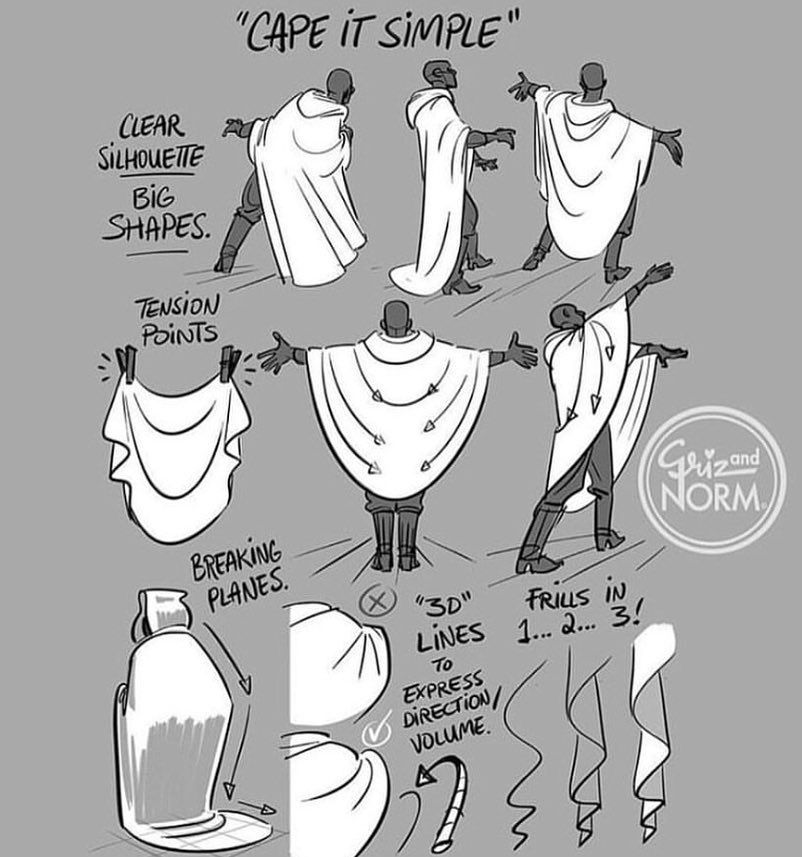 youtube.com/watch?v=6o-h_JObqRQ
youtube.com/watch?v=6o-h_JObqRQ
Nichols – https://www.youtube.com/watch?v=4eksTaqiX7M
Ludo – https://www.youtube.com/watch?v=4fFrESLk9pw
SEMBA – ANGOLA
Bonga – https://www.youtube.com/watch?v=fhwVekYE4-I
Bangao – https://www.youtube.com/watch?v=Bx7DE4nXc9U
Carlos Buriti – https://www.youtube.com/watch?v=guTKkqwDB9s
COLADERA – CABO-VERDE
Bana – https://www.youtube.com/watch?v=kIYCdg0Nds0
Cesaria Evora – https://www.youtube.com/watch?v=XGj77k9OBf4
Tito Paris – https://www.youtube.com/watch?v=XCeLjMjZSHo
COLA-ZOUK – CABO-VERDE
Livity – https://www.youtube.com/watch?v=rc3upa32bSQ
Grace Evora – https://www.youtube.com/watch?v=7tYDI98DDUk
Nando Da Cruz – https://www.youtube.com/watch?v=l15E2yOm7dM
CABO-ZOUK – CABO-VERDE
Kino Cabral – https://www.youtube.com/watch?v=NGYHy3v1mFI
Susanna Lubrano – https://www.youtube.com/watch?v=AHMQThCeZWo
Beto Dias – https://www. youtube.com/watch?v=MDaEg7TIp1E
youtube.com/watch?v=MDaEg7TIp1E
CABO-LOVE – CABO-VERDE
Phillipe Monteiro – https://www.youtube.com/watch?v=SDrEnSBs5Zs
Gama – https://www.youtube.com/watch?v=B1hTJwKUBg0
GETTO – ZOUK – CABO-VERDE
Nelson Freitas – https://www.youtube.com/watch?v=l9XUIVFajF8
Johny Ramos – https://www.youtube.com/watch?v=lDP5ij6N1t0
Djodje – https://www.youtube.com/watch?v=Hvu4Ff9kZgA
TARRAXINHA – ANGOLA
Dj Massacre – https://www.youtube.com/watch?v=KxSG3aFjih0
Dj Paparazzi – https://www.youtube.com/watch?v=LoqvpPWZ364
AFRO-ZOUK – FUSION OF ZOUK Not from ANGOLA
Tabanka Djaz – https://www.youtube.com/watch?v=5wHXvtWPdxU
Oliver N’Goma – https://www.youtube.com/watch?v=2msRi40IEG0
KIZOMBA – ANGOLA
Eduardo Paim – https://www.youtube.com/watch?v=1QaLXuRTslw
Paulo Flores – https://www.youtube.com/watch?v=HwWLco6Ri4M
Ruka Van Dunem – https://www.youtube.com/watch?v=FXxvA5awseY
Matias Damasio – https://www.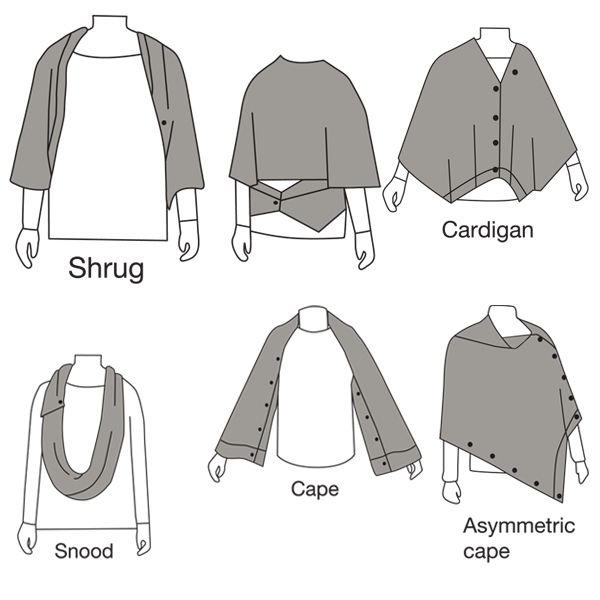 youtube.com/watch?v=Q86lCtj1BYs
youtube.com/watch?v=Q86lCtj1BYs
Kyaku Kyadaff – https://www.youtube.com/watch?v=i2rRxg6a1OY
Yola Semedo – https://www.youtube.com/watch?v=RG-2liMTMwk
Team Sexual Chocolate Takes Home Top Prize at Dancing with the Scholars
Members of five of BC’s dance groups paired up with five non-dancer Boston College students to compete in the Dancing with the Scholars competition, hosted by the Cape Verdean Student Association (CVSA), on Friday night.
At the end of the event, after much anticipation, the judges voted Team Sexual Chocolate as the winner of Dancing with the Scholars. Team VIP took home the crowd-favorite title.
Alexis Silva, MCAS ’24, and Anderson Da Rosa, CSOM ’25, hosted the event and introduced the four judges: Yvonne McBarnett, director of the Montserrat Coalition; Karl Bell, associate director of TRIO Student Support Services; Grant Gosselin, director of undergraduate admissions at BC; and Jessica Andrade, former president of CVSA and BC ’21.
The hosts also announced that each duo was required to incorporate a traditional Cape Verdean dance into their routines.
A performance by four of CVSA’s executive board members, including co-captains Lenylse Ferreira, LSEHD ’23, and Jason Dias, CSOM ’23, kicked off the show. The dancers began with the traditional Cape Verdean dance pasada, an intimate partner dance, accompanied by the slow song “Bo Tem Mel” by Nelson Freitas featuring C4 Pedro.
This mood changed quickly as the fast-paced song “Amizade” by Zé Espanhol heightened the energy both on stage and in the audience. With this song came new variations in the dance as partners broke apart, and each performer showcased their abilities.
First to compete was Team Presenting Africa to U (PATU), composed of PATU co-captain Eunice Azamati, CSOM ’25, and Sena Deressa, MCAS ’24.
The duo started off strong with powerful moves that excited the audience, but as the stage lights turned to red and “Lambuxa na Bo” by Loony Johnson played, they transitioned into coladeira, a sensual Cape Verdean partner dance. The pair’s intense chemistry filled the room, accompanied by cheers and shouts from the crowd.
The pair’s intense chemistry filled the room, accompanied by cheers and shouts from the crowd.
McBarnett, affectionately known as “Ms. Smiley,” said that the pair “came correct” and emphasized their captivating facial expressions in her critique after the performance.
Next up was Team Females Incorporating Sisterhood Through Step (F.I.S.T.S.), consisting of F.I.S.T.S. captain Srina Lacet, MCAS ’24, and Elaine Keleta, MCAS ’24. The duo incorporated a skit into its performance that showed an upperclassman (Srina) teaching a freshman (Elaine) how to get into a party. Their ticket inside was step dancing, which they performed for the audience with stomping feet and clapping hands.
A performance by Team Masti followed, featuring dancer Angana Saha, MCAS ’24, paired with Miladi Teo Najera, LSEHD ’23. The duo performed a unique mix of funaná and Bollywood fusion, featuring jingling golden waist chains that emphasized their intense hip movements.
Team Sexual Chocolate (SC) took the stage next.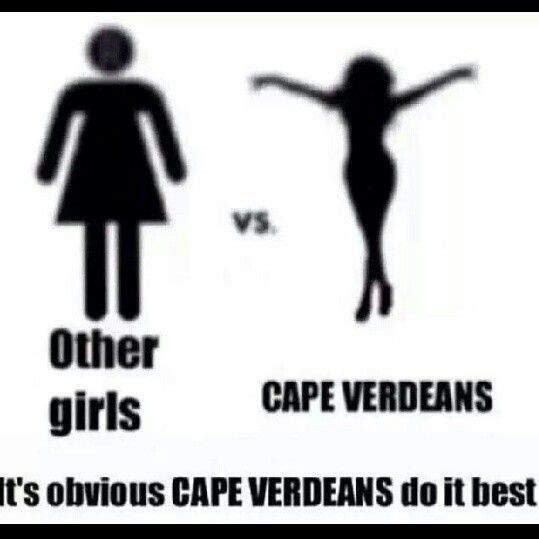 Levi Ngabirano, CSOM ’25, from Sexual Chocolate partnered with Camille Paula, LSEHD ’23, to deliver an intensely sensual performance that drove the crowd wild. The passionate song “Beijam” by Djodje played as the pair danced slowly together before transitioning into SC’s classic step dancing style.
Levi Ngabirano, CSOM ’25, from Sexual Chocolate partnered with Camille Paula, LSEHD ’23, to deliver an intensely sensual performance that drove the crowd wild. The passionate song “Beijam” by Djodje played as the pair danced slowly together before transitioning into SC’s classic step dancing style.
The duo finished off their set by reverting back to the original slow and intimate dancing. They shocked the crowd with a dip and kiss, followed by Paula running and jumping into the arms of Ngabirano, who pinned her to the ground for a dramatic finish.
“I feel like we all need to go to mass right now,” Bell joked after the intense performance.
Team Vida de Intensa Pasión (VIP) delivered an equally passionate performance for the final act. Aiche Ba, MCAS ’23, captivated the audience in a dress adorned with rhinestones and tassels. She showcased her acrobatic skills in the team’s big finish as her VIP partner, LA Almanzar, CSON ’23, aided her in a backflip and lifted her onto his shoulders.
CVSA masti VIP patu fists dancing with the scholars
5 bright facts about kizomba
The popularity of kizomba is growing every day. Many are perplexed: what is there in this dance that is not in others? Why is the whole world going crazy for her? And now kizomba has already acquired a huge number of myths ...
Together with the teacher of the Spicy Salsa school Alena Fortunova, we dispelled the most popular of them, and figured out how this dance appeared, how it is performed, and what a beginner should pay attention to.
1. Kizomba - European adaptation
African dance
Kizomba is originally from Angola, but it is also known in Cape Verde, where it is called pasada . The word itself is translated from the Kimbundu language as "party".
Kizomba was originally danced from a distance. It developed from the earlier semba genre, that is, this style is present in all of Africa in one way or another.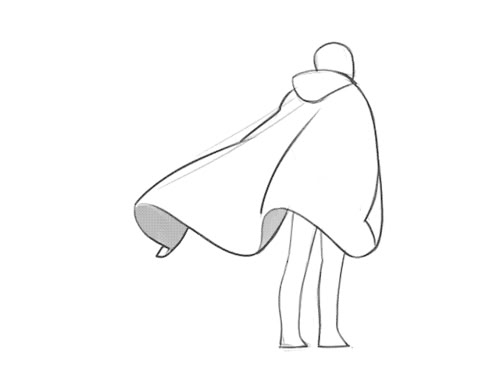 When Angola gained independence, many of its inhabitants went to Portugal, while migrants from other former colonies went to France. So kizomba appeared in Europe. nine0003
When Angola gained independence, many of its inhabitants went to Portugal, while migrants from other former colonies went to France. So kizomba appeared in Europe. nine0003
At the same time, the music also changed: semba began to mix with the rhythms of zouk, and ghetto-zouk appeared. The musical style also felt the influence of the new electronic music of the 70s. The melody became slower, and the kizomba itself became more sensual.
“
“At first, the Europeans did not accept this dance, because they were not used to blacks teaching whites, and besides, they were embarrassed by the closeness of partners. But gradually they became interested in style. International festivals were organized in Portugal, Spain and France, and kizomba began to spread throughout Europe.0015, - says Alena.
2. Kizomba is called the “African tango”
“
“Initially, like the tango, it was danced by men leading each other and competing in skill,” says . – In addition, kizomba is similar to tango in its sensuality.”
– In addition, kizomba is similar to tango in its sensuality.”
As in Argentinean dance, the upper body is to some extent isolated from leg movements.
Also, neither here nor in tango is there one or two basic steps that are repeated. And there are different combinations of them that can be done on any number of accounts. nine0003
But where a rigid frame and straight lines are expected in tango, kizomba emphasizes soft knees and circular movements.
3. Kizomba combines many styles
“
“It is constantly evolving: teachers from different countries come up with new elements, add their vision, and the nature of the dance changes. So, for example, a “European, sensual style” appeared , - Alena comments. nine0064
Also today you can see a strong Latin American and Afro-Cuban influence: kizomba absorbed movements from salsa, bachata, merengue, zouk, samba and lambada. And a new generation of teachers, inspired by the beauty of tango, added his ideas to kizomba.
And a new generation of teachers, inspired by the beauty of tango, added his ideas to kizomba.
In France a few years ago, teachers appeared who brought even more elements from hip-hop and other modern dances into it, and it became more dynamic, spectacular and diverse. So a new direction appeared - urban-kiz or kizomba 2.0. nine0005
4. Kizomba - a sensual dance
Kizomba can be very sexy: indeed, partners dance close enough to each other. However, it is performed in a closed position in which the torso is slightly forward and contact is made only in the chest and abdomen.
Kizomba is characterized by undulating movements that actively involve the hips, and it looks very beautiful. Similarly, in bachata or salsa: the choice of distance and style in the dance is always up to you. nine0005
5. Kizomba is not as easy as it might seem
at first glance
It would be more correct to say that it is very good for beginners. With just a couple of steps, you'll be dancing all night long, and an experienced teacher will easily give you the right idea of the basics.
With just a couple of steps, you'll be dancing all night long, and an experienced teacher will easily give you the right idea of the basics.
However, do not think that this is a very simple dance. After studying for only a month, some begin to consider themselves pros, but they miss the most important thing: it is much more important to create the poetics of dance, and not repeat memorized ligaments. nine0003
There are many subtle moments in kizomba, you need to learn how to move on soft legs and feel your partner, and then each step will open up new opportunities for you. Work on the stops, the syncopation, and the standard movements will feel new, and the feet will begin to follow the rhythm of a particular instrument.
As in any dance, the more you learn, the more you begin to appreciate the nuances, which is precisely the sign of mastery.
Alena Fortunova, teacher of the Spicy Salsa dance school, helps us discover the world of kizomba
- Kizomba teacher with more than 10 years of dancing experience (ballroom dancing, salsa, bachata, kizomba, Argentine tango), Curtis Sheldon (France),
- constantly improves his style and technique at international kizomba congresses in Europe: in Spain, France, Portugal and other countries.

Spicy Salsa is more than a dance school. nine0005 We create mood!
This is a community of cheerful and bright people who love movement, communication and an active lifestyle.
Brazilian Zuk - Dances in Cheboksary for adults and children
- Trainer - Evgeny Petrov
BRAZILIAN ZUK this week:
See also - ZUK dance.
Zouk is a fusion of Haitian compa, balacadry, Dominican cadence and bal grandmont, pop, Antillean gwok, as well as mazurka and beguine, it is the epitome of sensuality and passion. Its unique plasticity cannot leave anyone indifferent and captivates at first sight. They dance it in pairs in three counts (tum-pe-pe), which resemble the rhythm of a heartbeat. The peculiarity of this style is in a variety of amplitude movements - rotations of the head, body and whole body, as well as in a very close contact of partners in a pair. nine0008 Zouk as a style of music was born in the French Caribbean, on the islands of Guadeloupe and Martinique in the first half of the 1980s. In the Creole language, the word " zouk " means a party, a get-together. The first to make him famous in the Caribbean, and later in Latin America and the world, was a group of musicians from Guadeloupe and Martinique, Kassav'. The dance began its journey around the world in Brazil, then went to Africa, and became especially popular in Portuguese-speaking countries. Later it spread throughout the world - in the UK, Belgium, USA, Japan and Australia. nine0003 In Brazil, this direction is at its peak and has a whole palette of subspecies, for example:
They dance it in pairs in three counts (tum-pe-pe), which resemble the rhythm of a heartbeat. The peculiarity of this style is in a variety of amplitude movements - rotations of the head, body and whole body, as well as in a very close contact of partners in a pair. nine0008 Zouk as a style of music was born in the French Caribbean, on the islands of Guadeloupe and Martinique in the first half of the 1980s. In the Creole language, the word " zouk " means a party, a get-together. The first to make him famous in the Caribbean, and later in Latin America and the world, was a group of musicians from Guadeloupe and Martinique, Kassav'. The dance began its journey around the world in Brazil, then went to Africa, and became especially popular in Portuguese-speaking countries. Later it spread throughout the world - in the UK, Belgium, USA, Japan and Australia. nine0003 In Brazil, this direction is at its peak and has a whole palette of subspecies, for example:
- Zouk-love - Franco-Caribbean variant (Antilles/Haiti) - these are rather simple movements in which partners transfer weight from one leg to another, many light and uncomplicated ligaments.
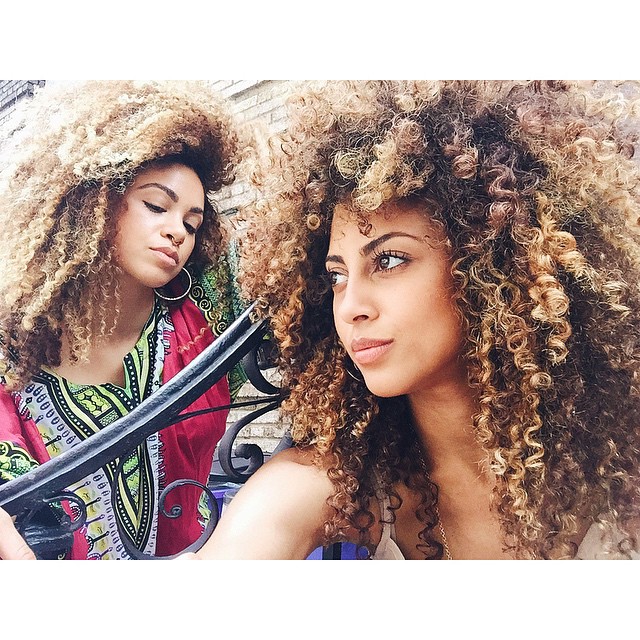
- Brazilian zouk – performed not to the traditional music of these directions. Here, the dribble takes place at the expense of different parts of the body in order. There are varieties such as Lambazook, Classic Zouk, Zouk Flow, Neo Zouk, Soul Zouk, Zouk Revolution.
- Kizomba - Angola or Cape Verde style.
Features.
First of all, it is a pair dance. Very dramatic - in every movement of the partners one can feel a huge intensity of passions and emotions, which seems to be not a dance. This is a silent story, the story of two people. The movements are smooth, even with a fast rhythm. In a pair, a man leads, and, by the way, the subordination of a woman to a man is the most frequent “plot” of the zouk dance. nine0003
Improvisation reigns here. The dance pattern is full of rotations, dives and waves, complex movements, and, of course, one cannot do without the rotation of the hips.
Zouk stands out strongly due to the lady's head movement.
